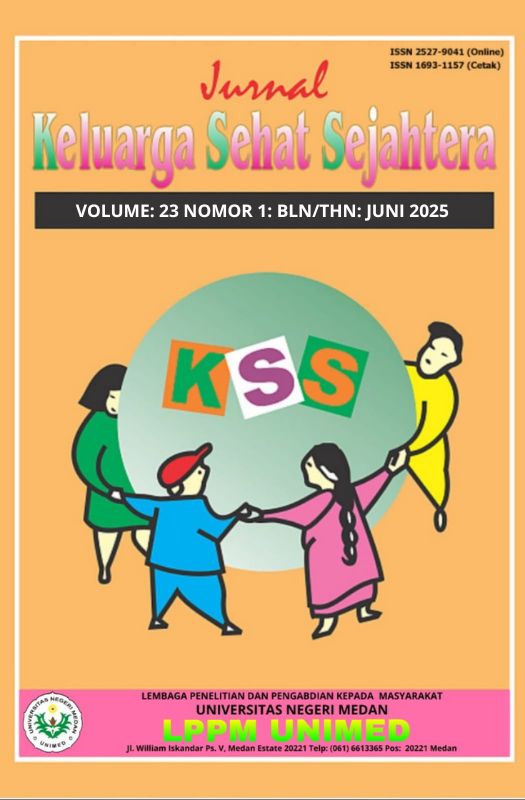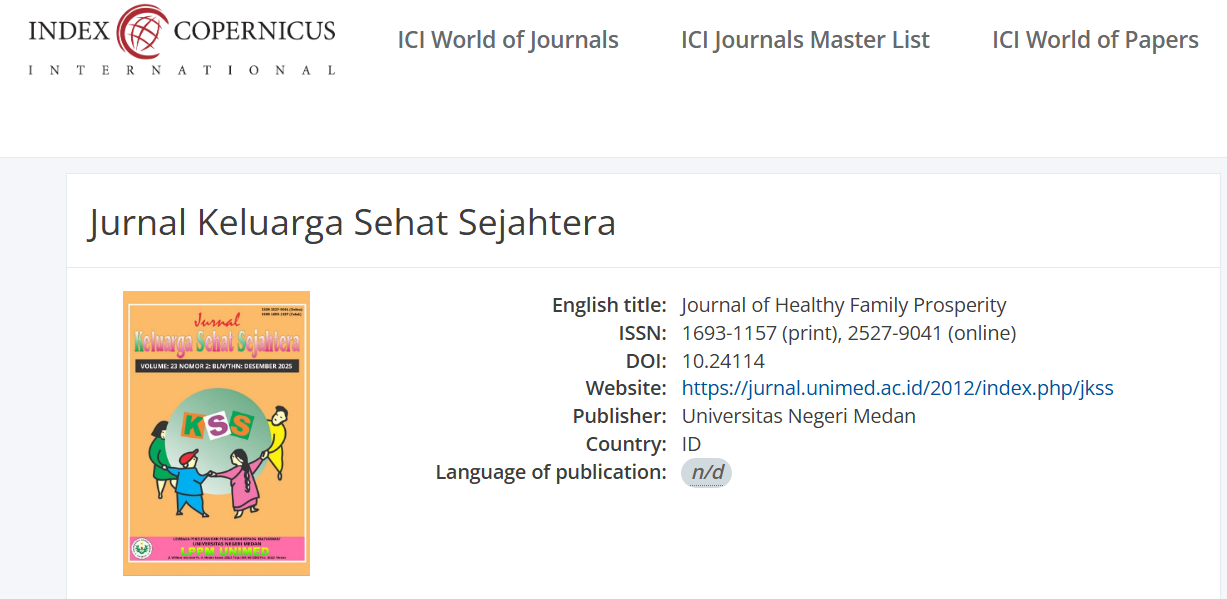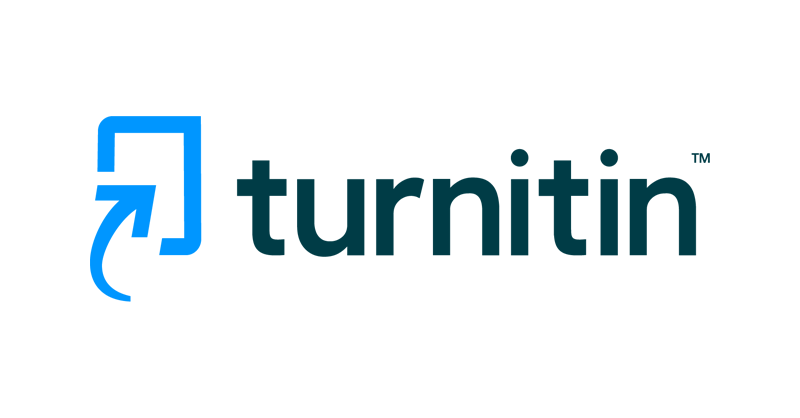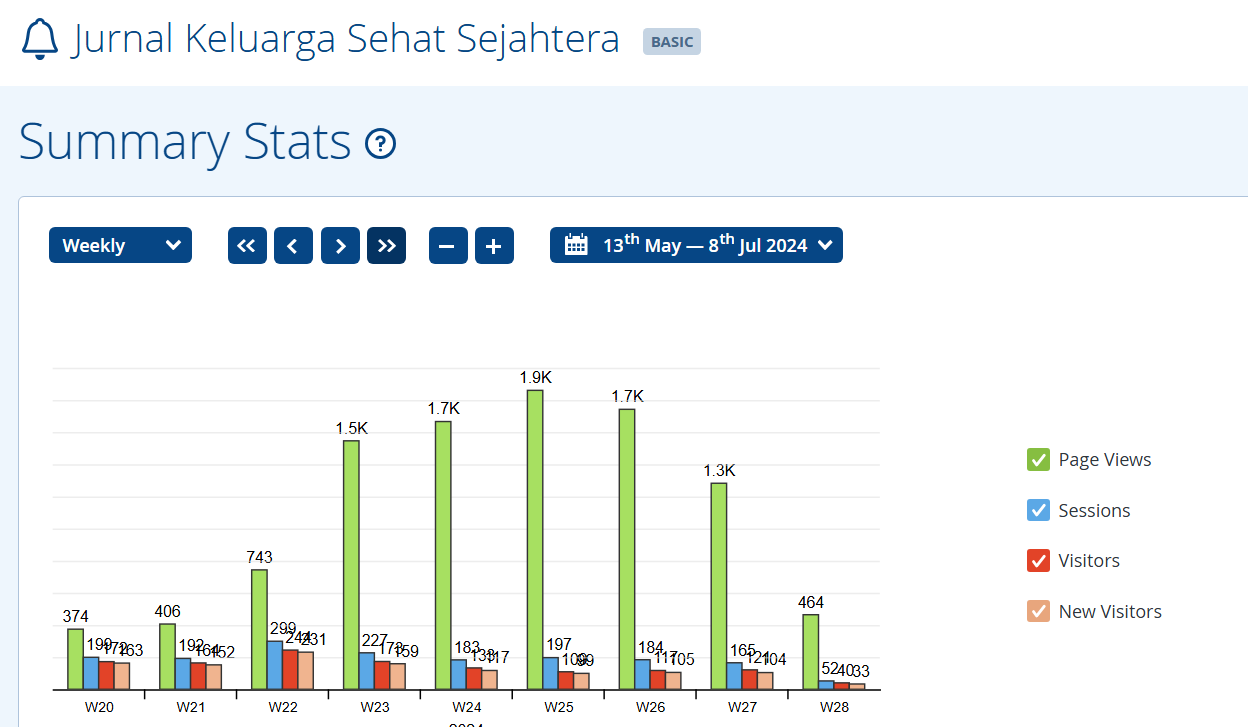ANALISIS EFEKTIVITAS METODE PROBLEM BASED LEARNING DALAM MENINGKATKAN TEKNIK DRIBBLING SEPAK BOLA PADA MAHASISWA PJKR
DOI:
https://doi.org/10.24114/jkss.v23i1.64705Abstract
Sports, particularly football, play a vital role in maintaining physical and mental fitness, as well as serving as a means to achieve achievements. One of the essential basic skills in football is dribbling, which requires good technical and physical skills. The Problem-Based Learning (PBL) model can be an effective solution in teaching dribbling skills, as it emphasizes active student involvement in solving real-life problems. This study aims to analyze the application of dribbling techniques through the PBL method in football learning for students of the Physical Education, Health, and Recreation (PJKR) Program at Universitas Negeri Medan, class of 2023. The research findings show that the application of the PBL method significantly improves students' understanding and skills in dribbling techniques, with notable progress in knowledge, skills, and attitudes. The application of this PBL model provides students with opportunities to collaborate, improve social skills, and develop critical and creative thinking abilities. This research contributes to the development of more effective and applicable sports learning models.References
Lubis, F. H., Siregar, S., Perangin-Angin, A. P., & Nabawi, M. L. (2024). Penerapan Model Problem Based Learning (PBL) dalam Pembelajaran Penjas pada Materi Dribling Sepak Bola di SD Budi Satrya. PIOR: Jurnal Pendidikan Olahraga, 3(2), 18-22.
Hmelo-Silver, C. E. (2004). Problem-Based Learning: What and How Do Students Learn? Educational Psychology Review, 16(3), 235-266
Savery, J. R., & Duffy, T. M. (1995). Problem-Based Learning: A New Paradigm for Learning. Educational Technology, 35(5), 31-38.
Piaget, J. (1970). Psychology and pedagogy. Viking Press.
Vygotsky, L. S. (1978). Mind in society: The development of higher psychological processes. Harvard University Press.
Jonassen, D. H. (1999). Designing constructivist learning environments. Instructional Design Theories and Models, Volume II: A New Paradigm of Instructional Theory, 215-239.
Barrows, H. S. (1986). Problem-based learning: An approach to medical education. Springer Publishing.
Kirschner, P. A., Sweller, J., & Clark, R. E. (2006). Why minimal guidance during instruction does not work: An analysis of the failure of constructivist, discovery, problem-based, experiential, and inquiry-based teaching. Educational Psychologist, 41(2), 75-86.
Kaddoura, M. (2013). The effectiveness of problem-based learning on students' critical thinking skills and learning outcomes. Teaching and Learning in Nursing, 8(4), 121-128.
Downloads
Published
How to Cite
Issue
Section
License
Copyright (c) 2025 JURNAL KELUARGA SEHAT SEJAHTERA

This work is licensed under a Creative Commons Attribution-ShareAlike 4.0 International License.














